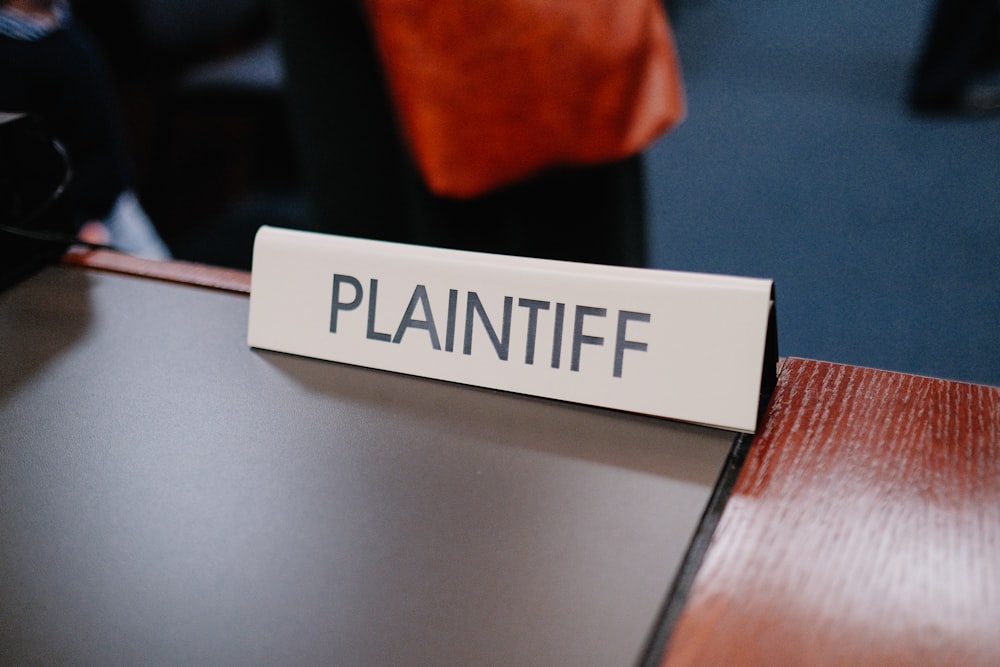Understanding Criminal Negligence
Criminal negligence cases are complex legal matters that involve serious consequences for individuals accused of this offense. To comprehend the intricacies of such cases, it’s crucial to explore the key elements and defenses involved.
Elements of Criminal Negligence
In criminal law, negligence refers to a failure to exercise reasonable care that leads to foreseeable harm to others. To establish criminal negligence, certain elements must be proven, including a duty of care owed by the defendant to the victim, a breach of that duty, causation, and foreseeability of harm. Each element plays a critical role in determining whether the defendant’s actions constituted criminal negligence.
Duty of Care
The first element of criminal negligence is establishing that the defendant owed a duty of care to the victim. This duty is typically based on the relationship between the parties or the circumstances surrounding the situation. For example, doctors owe a duty of care to their patients, while drivers owe a duty of care to other motorists and pedestrians on the road.
Breach of Duty
Once the duty of care is established, the next step is to demonstrate that the defendant breached that duty through their actions or inactions. This breach occurs when the defendant fails to exercise the level of care that a reasonable person would under similar circumstances. In criminal negligence cases, the defendant’s conduct must be more than just careless or negligent—it must rise to the level of gross negligence or recklessness.
Causation
Causation is a crucial element in criminal negligence cases, requiring proof that the defendant’s breach of duty directly caused the harm suffered by the victim. This causal link must be established beyond a reasonable doubt, demonstrating that the defendant’s actions were a substantial factor in bringing about the harm. Without sufficient evidence of causation, it becomes challenging to hold the defendant criminally liable for their negligence.
Foreseeability of Harm
Finally, criminal negligence requires proof that the harm caused by the defendant’s actions was foreseeable. This means that a reasonable person in the defendant’s position would have anticipated the potential consequences of their conduct. Foreseeability helps establish that the defendant’s negligence was not merely accidental but rather the result of a conscious disregard for the safety of others.
Defenses in Criminal Negligence Cases
Despite the seriousness of criminal negligence charges, defendants have several defenses available to challenge these accusations and protect their rights.
Lack of Duty of Care
One common defense in criminal negligence cases is to argue that the defendant did not owe a duty of care to the victim. This defense typically arises when there is no legal relationship or obligation between the defendant and the victim, thereby negating the existence of a duty to exercise care.
Absence of Breach
Another defense focuses on challenging the claim that the defendant breached their duty of care. This defense may involve presenting evidence to show that the defendant’s actions were reasonable under the circumstances or that their conduct did not deviate from the standard of care expected of a reasonable person.
Intervening Cause
Defendants may also argue that an intervening cause, rather than their actions, was the primary factor responsible for the harm suffered by the victim. An intervening cause is an unforeseeable event or circumstance that breaks the chain of causation between the defendant’s conduct and the resulting harm.
Lack of Foreseeability
Finally, defendants may assert that the harm caused by their actions was not foreseeable, thereby negating an essential element of criminal negligence. This defense often involves demonstrating that the consequences of the defendant’s conduct were too remote or speculative to have been reasonably anticipated.
Conclusion
Criminal negligence cases involve complex legal principles and high stakes for both defendants and victims. By understanding the key elements and defenses involved in these cases, individuals can better navigate the legal process and ensure their rights are protected. Whether facing allegations of criminal negligence or seeking justice for harm suffered, legal representation and advocacy are essential in achieving fair and just outcomes in these cases. Read more about criminal negligence










